Thermo-Calc 2017b Available Now!
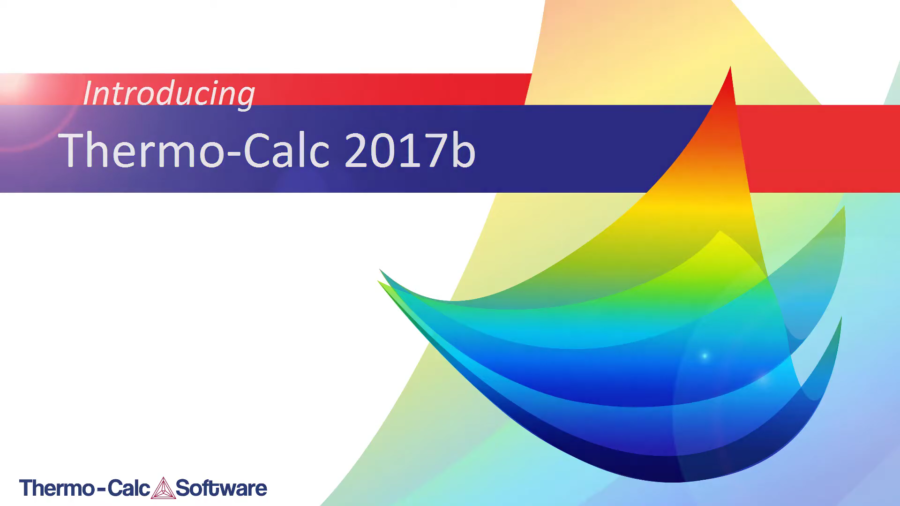
New Features in the Diffusion Module (DICTRA)
The graphical mode version of DICTRA, known as the Diffusion module, includes several new features that extend the functionality and flexibility of the program and make it more user friendly.
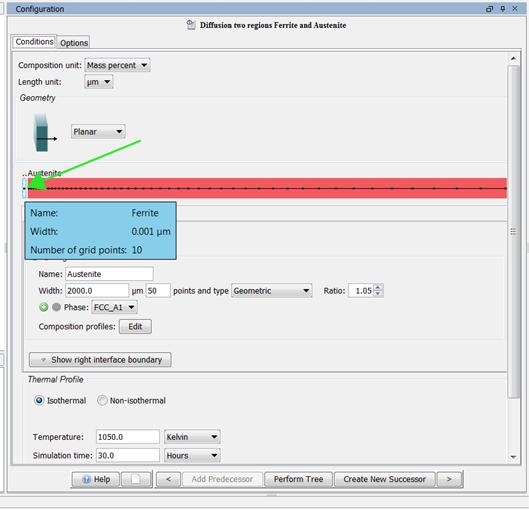
In the Diffusion module (DICTRA) small regions which were previously not shown are now visible with a dashed line. Additionally, a tool tip appears when you hover over a region which shows the name of the region, the width of the region and the number of grid points.
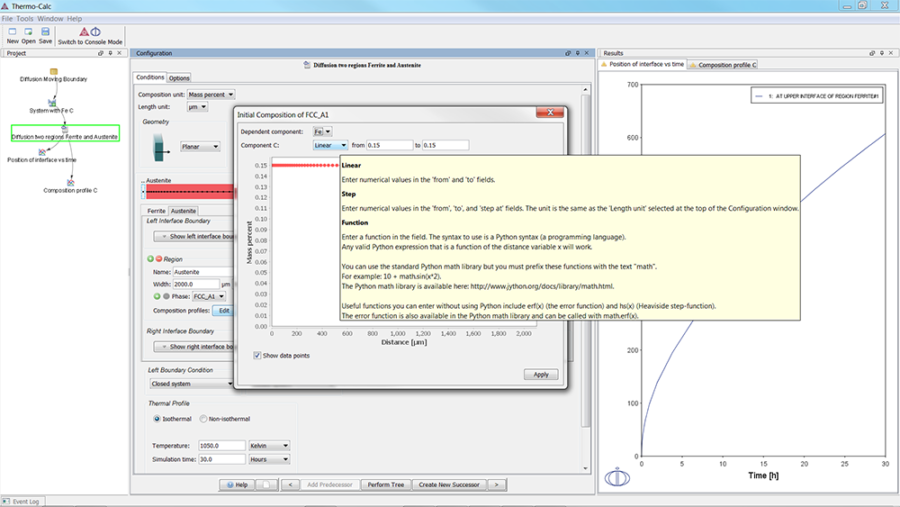
Composition profiles are now visualised before you plot the results and a tool tip helps users set the composition profile.
New Features in the Precipitation Module (TC-PRISMA)
The Precipitation Module (TC-PRISMA) has received several new features in Thermo-Calc 2017b.
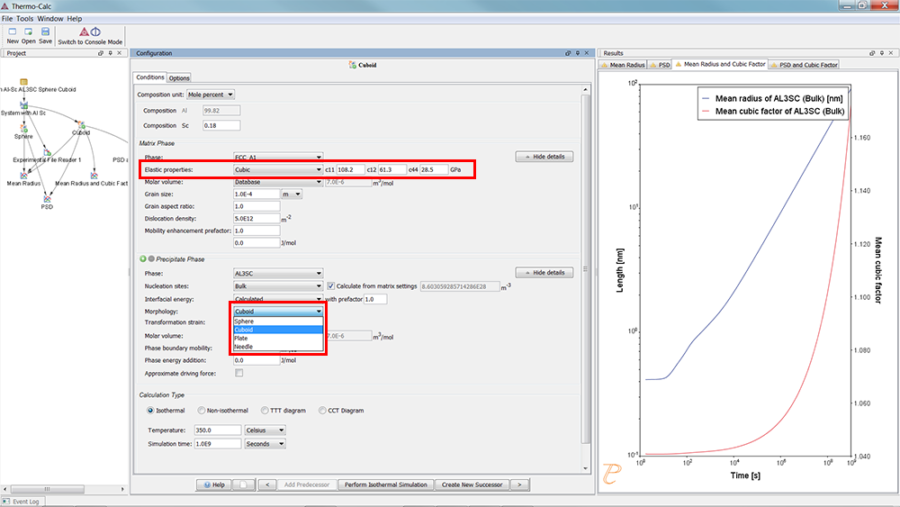
The Precipitation Module (TC-PRISMA) can now take elastic strain energy into account. Non-spherical morphology of precipitate particles can now also be treated.
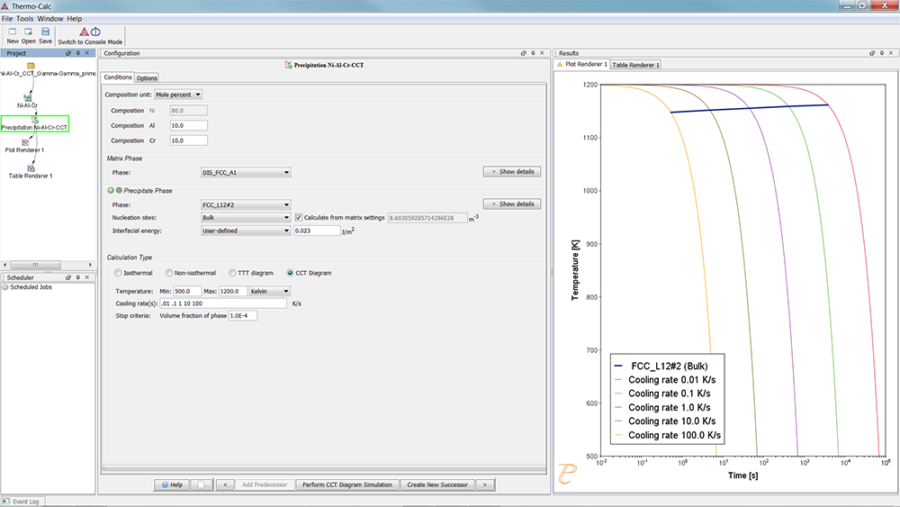
A CCT diagram calculated in the Precipitation Module (TC-PRISMA) using example P-7. The CCT calculation type was added to Thermo-Calc in the 2017b release and allows users to make calculations for Continuous Cooling Transformation.
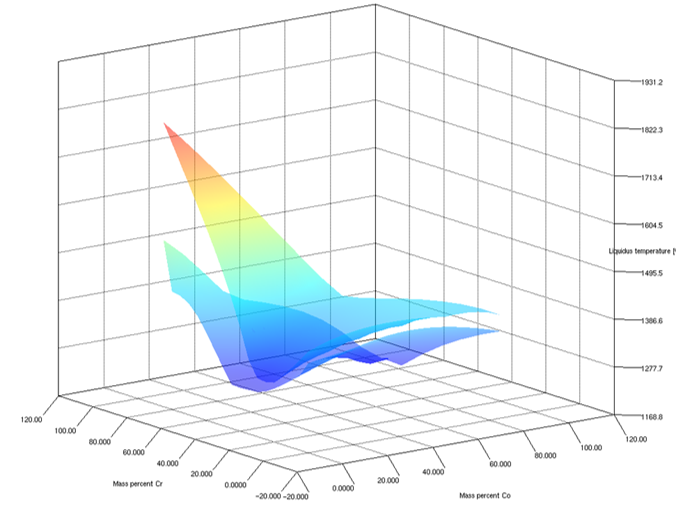
A 3D plot of the solidus and liquidus temperature for a 6 component Ni alloy made with the new 3D plotting feature in Thermo-Calc.
Usability Improvements and Bug Fixes
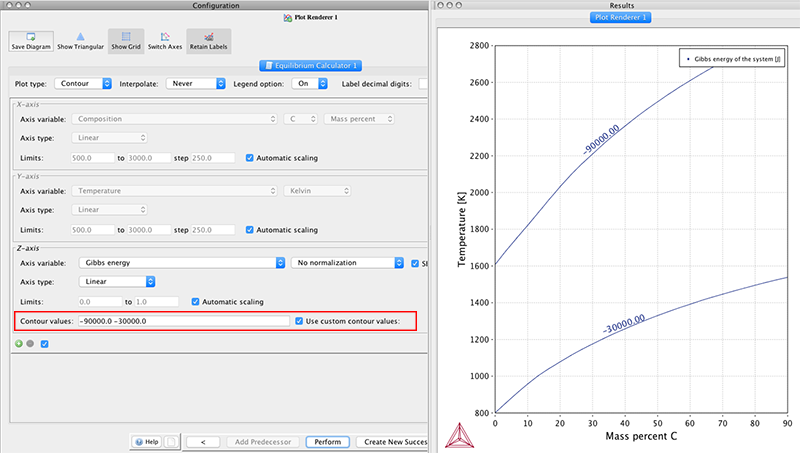
Users can now add their own custom contour values to contour plots. The program auto-adjusts the scaling on the plot to show the custom values.